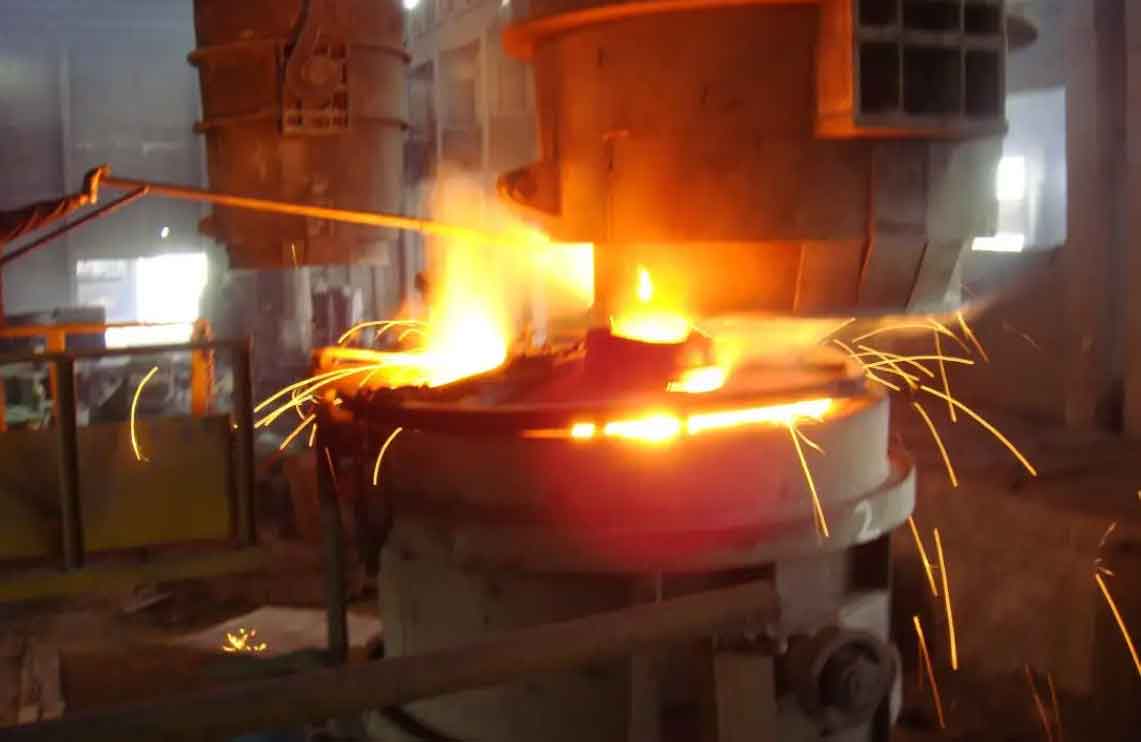Experts and scholars at home and abroad have studied the application of numerical simulation technology in the fields of sand casting and forming. It is found that through the analysis of simulation technology, the sand casting defects existing in the process can be predicted, and then the sand casting process design can be improved.
Abroad, from the beginning of computer, Victor paschlds, a scholar from Columbia University, studied the solidification process of sand casting for the first time and analyzed the heat transfer performance in the solidification process; At the same time, scholar chvorinov studied the solidification time of sand casting and put forward the square root law of solidification time for the first time. Since 1960, scholars began to study the simulation technology of sand casting. Forsund, a Danish scholar, first applied the finite difference method to the solidification process in 1962, opening the era of computer numerical simulation; In the 1970s, scholars all over the world studied digital simulation technology. In the 1980s, the flow volume method was introduced to study the free surface of fluid; With the development of computer technology, mold filling simulation technology has developed unprecedentedly. Mold filling simulation can improve the gating system, eliminate sand casting defects, analyze the influence of temperature field on sand casting, find the best temperature and improve the quality of sand casting; In the 1990s, sand casting technology has been further developed. Scholars began to simulate the microstructure, analyze the changes of metallographic structure of liquid metal in the process of mold filling and solidification, so as to improve the mechanical properties of sand castings, and conduct simulation research on stress, reduce the residual stress of sand castings and eliminate the cracks in sand castings.
Since the 21st century, numerical simulation has been widely popularized in practice. With the deepening of research, scholars from various countries have studied different metals and different sand casting methods. 10. P. Zhang et al. Studied the calculation efficiency of solidification simulation in sand casting process, and concluded that the numerical method can solve the problem of low calculation efficiency caused by the complex calculation of explicit finite difference method and full implicit quotient difference method; Sung. Hee Kim et al. Developed a computer program based on deterministic algorithm and ray tracing technology to simulate the X-ray photos of complex sand casting products in cavetm.1ike environment; Ho. Mun Si et al. Proposed the combination of finite difference method, finite element method and efficient data conversion method to simulate the sand casting process; Cato DMRN et al. Carried out numerical simulation on the structural properties of sand castings, and the simulation results are consistent with the experimental research; T. R. vijayaram et al. Proposed the application of computer technology to simulate the casting solidification process of permanent metal mold, and verified the feasibility of this method through experiments; B. H Hu et al. Used numerical simulation technology to simulate the pressure casting of magnesium alloy communication thin-walled parts, so as to optimize and design the casting runner and gate system; Gunasegaram et al proposed that shrinkage porosity is the key factor affecting the quality of sand castings, and came to the conclusion that the shrinkage porosity and casting defects of sand castings can be identified by numerical simulation based on experimental design method.

